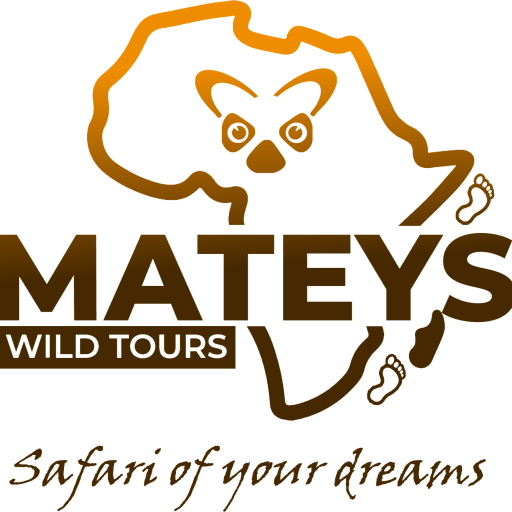Kora National Park
The Park, named after the nearby Kora River, is a breathtaking wilderness adorned with inselbergs, vast acacia woodlands, and graceful doum palms, offering a surreal, untouched landscape. Visitors can explore the majestic Adamson’s Falls, Grand Falls, and the thrilling Kora Rapids, each a testament to the raw power and beauty of nature.
The park’s unique topography, crisscrossed by seasonal rivers and bordered by the Tana River, serves as a living tribute to the Adamsons’ pioneering work in wildlife conservation. Today, local guides, well-versed in the rich history of the Adamsons and the park’s diverse ecosystems, ensure that every visitor gains an immersive experience, learning about both the natural beauty and the profound legacy that continues to inspire global conservation efforts.
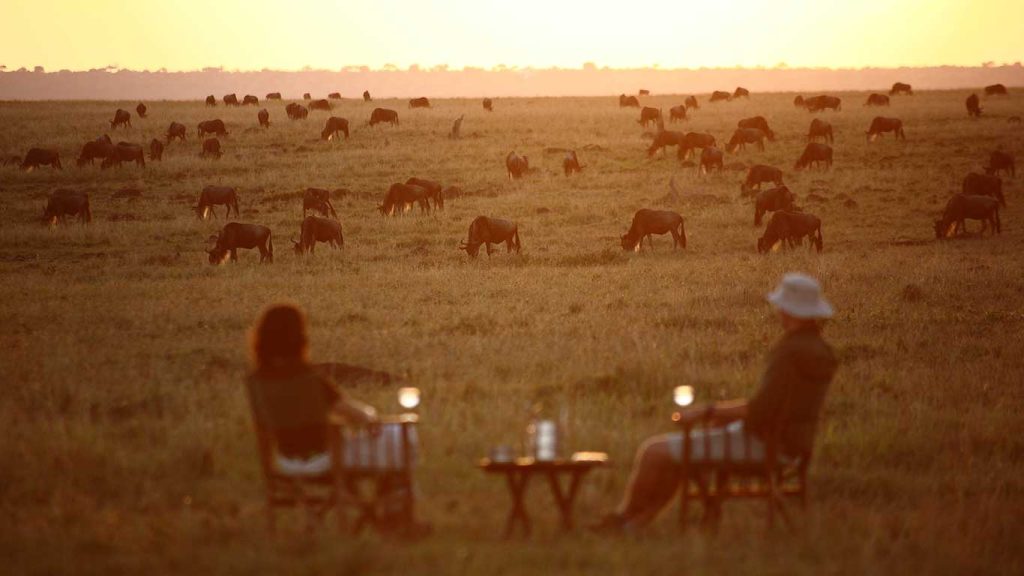
Activities in Kora National Park
- Wildlife viewing
- Birdwatching
- Walking safaris
- River Safaris
- Wildlife Photography
- Visit Adamson’s Camp
Legacy of Gorge & Joy Adamson
George and Joy Adamson were pioneering conservationists whose profound dedication to wildlife preservation, particularly big cats, left an indelible mark on East Africa’s history. They are most famously known for their work with the lioness Elsa, which was the subject of their bestselling book Born Free and subsequent film adaptations, highlighting the importance of wildlife rehabilitation and reintroduction into natural habitats. Their legacy is deeply embedded in Kora National Park, a location that was once their home and base for their groundbreaking conservation work.
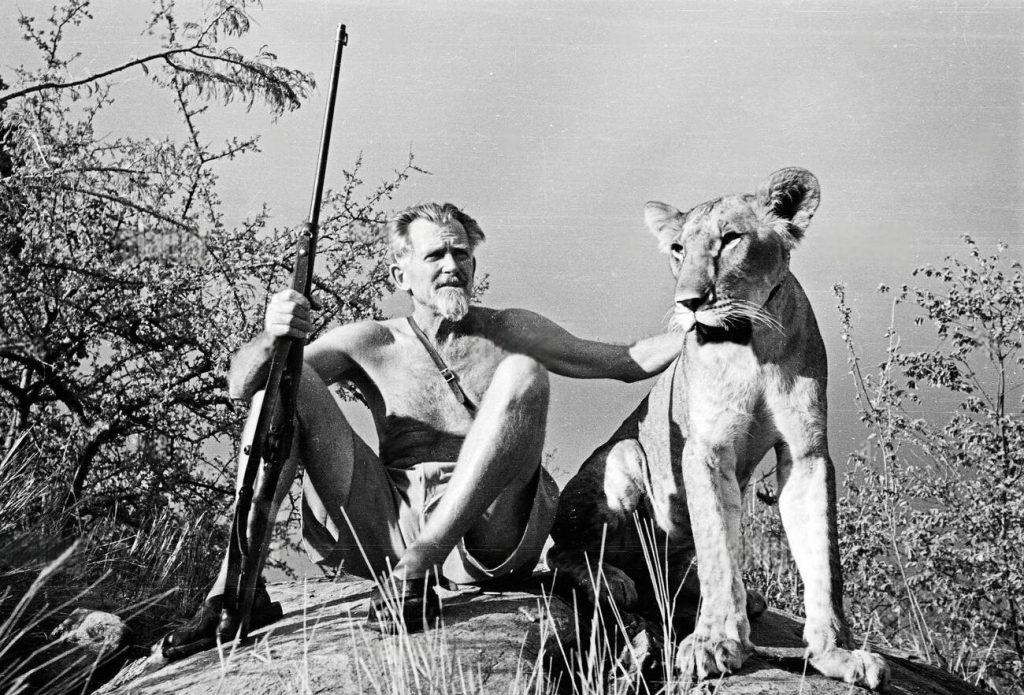
Climate
Kora National Park experiences a semi-arid climate, with high temperatures ranging from 30°C to 40°C throughout much of the year. The weather is characterized by minimal rainfall, making the region quite dry, particularly during the long dry season. The short rainy season (usually from March to May) brings brief, intense showers, while the dry months from June to October see clear skies and warmer temperatures. The Park is also prone to strong winds that sweep across the landscape, adding to its rugged, arid character. Due to its semi-desert conditions and proximity to the Tana River, temperatures can drop slightly during the cooler evenings, offering a balanced yet extreme environment that showcases the park’s unique ecology.
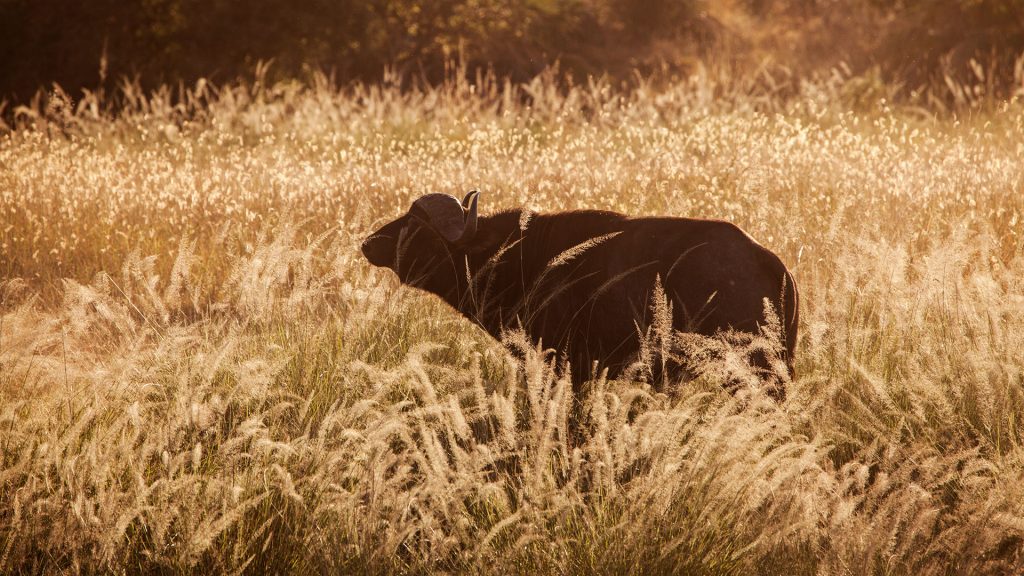
Best Time to Visit
The best time to visit Kora National Park is during the dry season from June to October. During these months, the weather is generally sunny and clear, with minimal rainfall, making it ideal for game drives, river safaris, and wildlife photography. Wildlife is also easier to spot as animals tend to congregate around water sources, and the park’s rugged terrain is more accessible. While the park can be visited year-round, the dry season offers the most favorable conditions for enjoying its natural beauty and diverse wildlife.
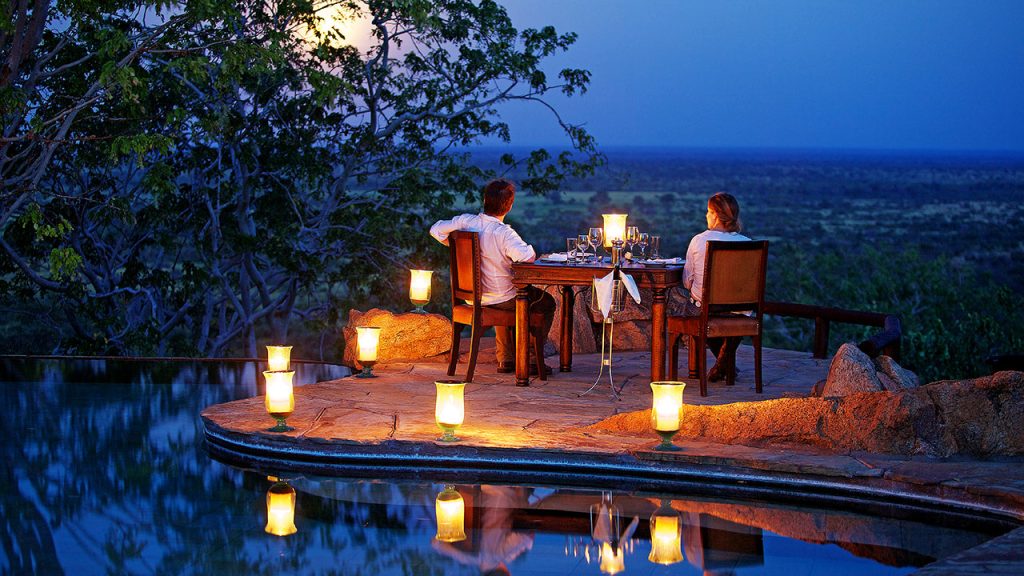
How to get there
By Road: Kora is located 280 km northeast of Nairobi. Access is via Thika to Mwingi, then northeast through Kyuso village.
By Air: The Park can be accessed through three airstrips, namely Kyethoni, Kambi ya Simba airstrips in Kora, and Masanduku airstrip in Meru National Park.
Facts About Kora National Park.
- Established in 1990
- Area Size of 1787 Km2 (690 square miles).
- Former Home of George and Joy Adamson
- Adamson’s Falls, Grand Falls, & Kora Rapids
Story of Orphaned Liones.
Elsa was an iconic lioness whose story became a symbol of wildlife conservation. Born in 1949, Elsa was orphaned at a young age when her mother was killed by hunters.
George and Joy Adamson, renowned conservationists, took Elsa into their care and raised her in the wilds of Kora National Park. Elsa’s journey from a tame cub to a wild lioness is a testament to the Adamsons’ dedication to wildlife conservation.
The couple’s groundbreaking work, particularly in reintroducing Elsa to the wild, led to the lioness becoming one of the first of her kind to be successfully rehabilitated and released back into her natural habitat.
Elsa’s story, immortalized in the book and film Born Free, captivated the world and brought global attention to the importance of protecting wildlife and their habitats. Her legacy continues to inspire conservation efforts and is a reminder of the bond that can exist between humans and wild animals when approached with respect and understanding.

